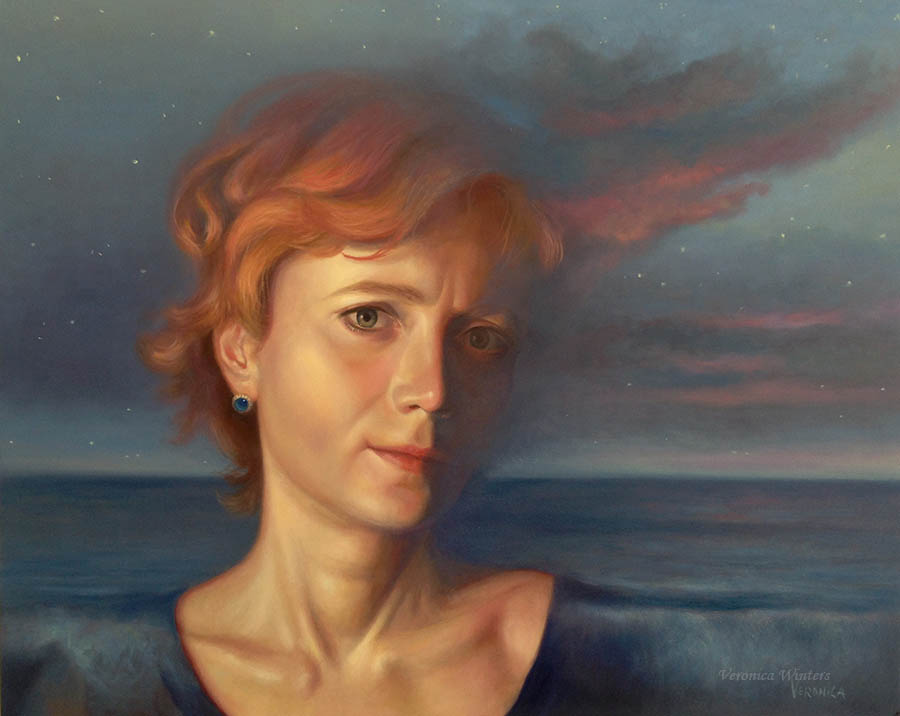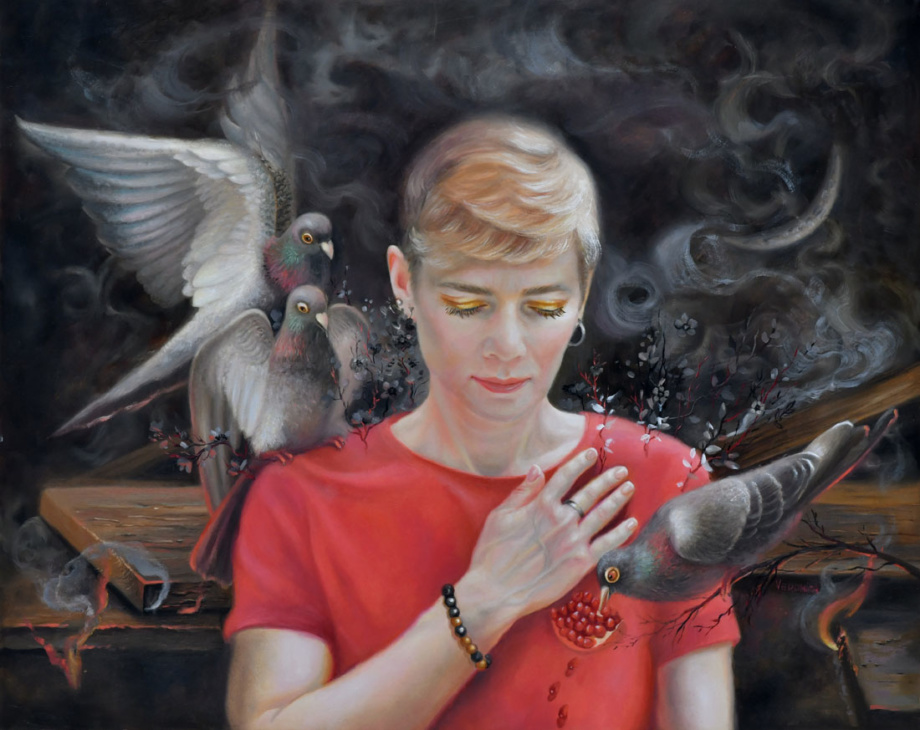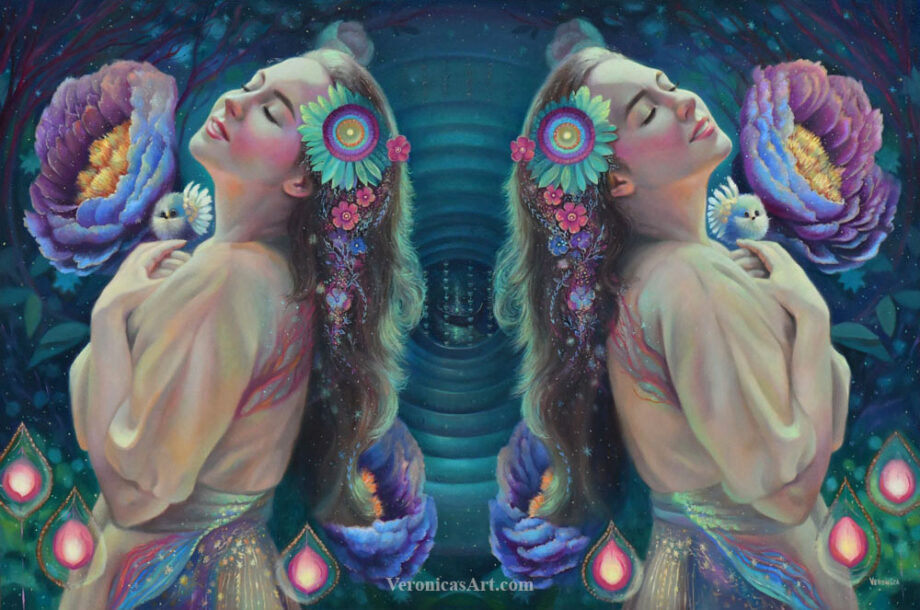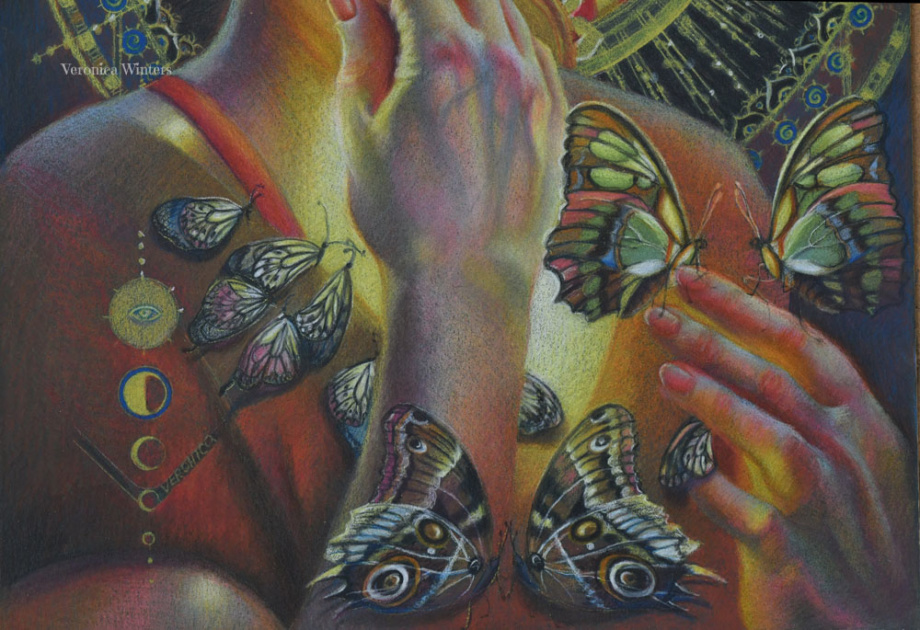In this article I’d like to talk about the importance of positive mindset for artists and what I learned in my artistic career. I would give these words of advice to myself two decades ago when I decided to become an artist.
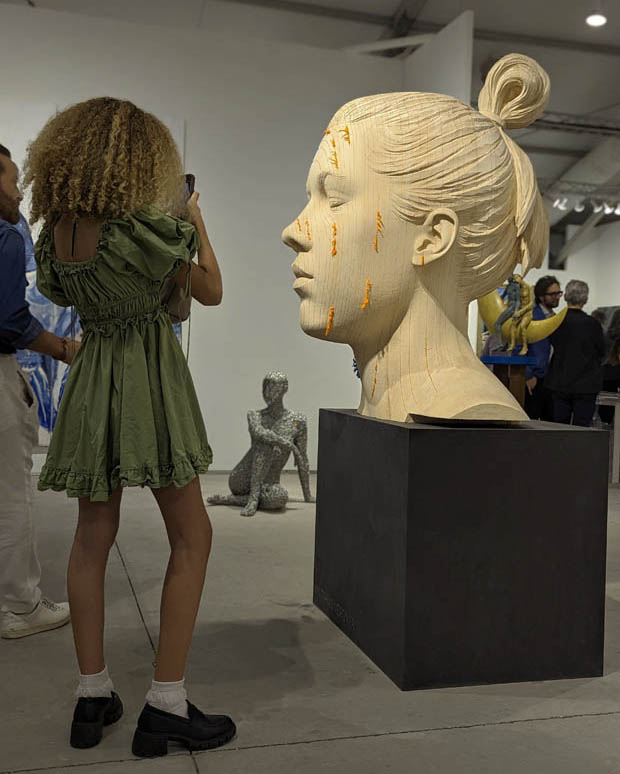
1. Know your WHY
1. Decide on your creative direction. Figure out what makes you do one thing day and night . Forever. Understand who you’re as a person and WHY you do what you do. In other worlds, find your PASSION.
2. Have manageable goals
Be clear on your specific goals. And break them down to small, manageable goals that can be written down in your calendar.
3. Believe in yourself
Believe in yourself and what you can achieve in your life. If you don’t believe in yourself, no one would. If you don’t believe in yourself, figure out why it’s the case and find solution to this problem.
4. Connect with many people.
Network. If you’re serious about your artistic career, don’t assume you can do it on your own. Help others. Help others to create reciprocity and friendships. Help doesn’t have to be big. Just give your time once in a while.
5. Practice your craft daily!
Practice your craft daily! There’s always room for improvement to polish your skill and vision. Never get lazy or complacent with your art. This is where magic really happens.
6. Assume complete responsibility for your finances
Assume complete responsibility for your finances. Figure out how to make money consistently as an artist. If you just keep an unrelated job, it will be hard to jump on the wagon to do art. What you can do is to find a job that relates to the arts. For example, if I wanted to be a museum specialist at some point, I’d find a job in the art museum. It helps in two ways. First, you get experience working there. Second, you get to know people and how the system works.
Also, create multiple income streams that could include teaching, print sales, art sales, etc.
7. Value your time
Value your time and value yourself for who you’re. You can’t help everyone. Some take your gifts for granted. Let them go but actively search for your tribe of fans and art collectors. It’s all about finding perfect balance.
8. Find a mentor
Figure out what you want to learn and find a successful mentor in your field of study. This includes your education and school of choice. Don’t assume that every school gives the same skill set or the skills that you’re looking for. A lot of times you could simply find a professional and “live” in his/her studio for a few years learning not only the craft but also the business side of it.
9. Don’t economize on your art supplies
Don’t economize on your art supplies. Yes, be conservative and don’t waste your resources on the most expensive brush or canvas. But work with good art materials that cut on your frustration and yield better results. Develop a habit of creating Quality art.
I used to buy large canvases from Michael’s and I regret it because the oil paint didn’t adhere to the surface properly. Crayola colored pencils don’t have the pigment, saturation and softness needed to do nice shading in drawing. Cheap varnish spray will ruin your drawing. You get the idea…
Hope it’s helpful.
